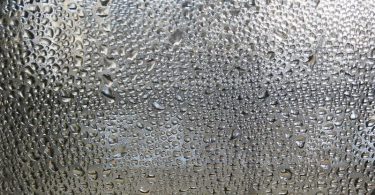Ghanaian braids, also known as feed-in braids, add extensions gradually to create a seamless, natural-looking braid. Knotless braids, on the other hand, employ a unique technique that gradually adds extensions without causing a knot or bulge at the braid’s base, resulting in a more natural and comfortable hairstyle with less tension on the scalp.
What are Ghanaian Braids?
Ghana braids are a protective hairstyle from West Africa, particularly Ghana. This hairstyle involves intricately weaving small to medium-sized cornrows into symmetrical or circular patterns. The braids are made by sectioning the hair and braiding it tightly to the scalp underhand. Twisted, pinned, or wrapped braids can be long or short. Ghanaian braids are popular because they are low-maintenance and last several weeks with proper care. They protect hair from styling, heat, and environmental damage as well.
Ghanaian braids have grown in popularity among African-descent women worldwide. They can be customized to suit personal style and are a fashionable and practical alternative to other hairstyles. Ghanaian braids are beautiful, versatile, and essential to African culture and fashion. Anyone who appreciates African hairstyles can wear them as a symbol of heritage and pride.
What are Knotless Braids?
In recent years, knotless braids, a protective hairstyle, have seen a rise in popularity as a fashionable alternative to traditional braids. In contrast to conventional box braids, knotless braids do not have a knot or “bump” at the base of each braid. This creates a more organic and seamless appearance than traditional box braids. To create knotless braids, you must begin each braid with a small section of your natural hair and then braid your hair generally without using any extensions. A gradual and natural-looking transition from the scalp to the end of the braid is created by adding additional hair in small increments as the braid is worked further into the hair.
Knotless braids have several benefits, but one of the most notable advantages is that they are less likely to cause tension and discomfort at the base of the braid. This is because there is no knot or bump on the scalp to cause pulling, which, over time, can cause pain and even lead to hair loss. The versatility of knotless braids is yet another advantage of using them. One of the simplest ways to style them is to pull them back into a ponytail, but they can also be braided or done in more elaborate updos. They also require very little maintenance and, with the appropriate attention, can last for several weeks. Knotless braids are a lovely and functional alternative to traditional ones for women looking for a protective hairstyle that is also chic and easy to wear. They are an excellent method for preventing the hair from becoming damaged or broken while contributing a chic appearance and being on-trend to your overall appearance.
Difference Between Ghanaian Braids and Knotless Braids
Ghanaian braids and knotless braids are popular protective hairstyles in which natural hair is braided with extensions. There are, however, some significant differences between the two styles. Ghanaian braids, also known as feed-in braids, are created using a braiding technique in which the extensions are added gradually in small sections to create a seamless, natural-looking braid. Braids typically begin at the scalp and can be styled in various ways, including cornrows, box braids, and twists.
Knotless braids, however, involve a unique technique in which the extensions are gradually added to the natural hair without causing a knot or bulge at the braid’s base. This produces a more natural and comfortable hairstyle with less tension on the scalp and a lower risk of hair breakage. The main differences between Ghanaian braids and knotless braids are the technique used to add the extensions and the resulting look and feel of the hairstyle. Ghanaian braids employ a feed-in approach, whereas knotless braids employ a unique knotless method.






